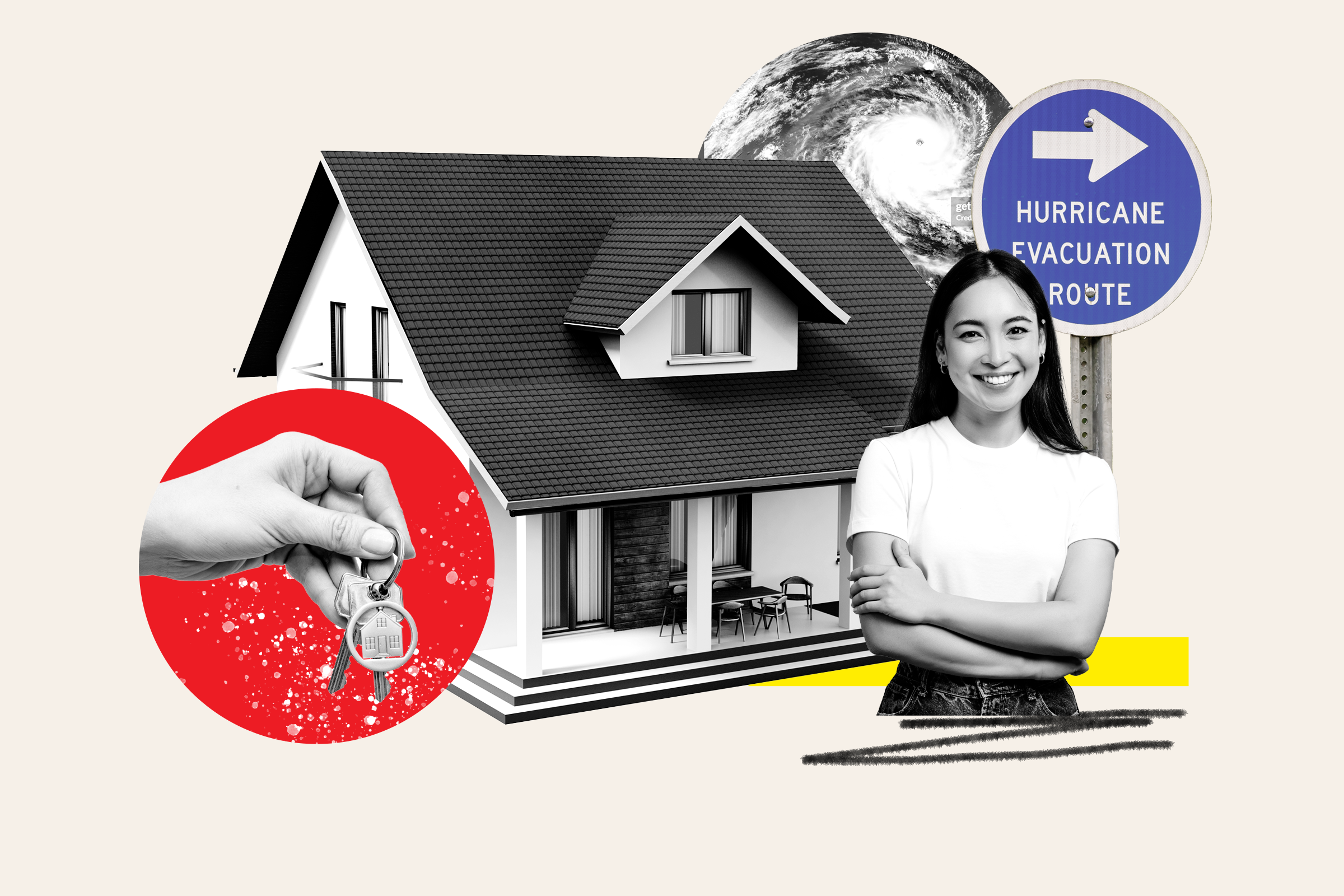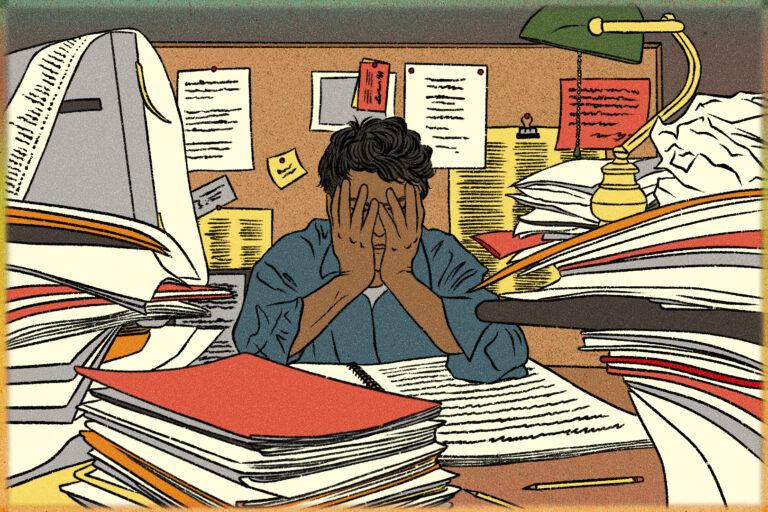
Young Americans are increasingly achieving their dream of homeownership in part of the country where it somehow remains affordable for those without deep pockets: the Midwest.
However, buying a home in this area might be a decision that comes back to haunt them, according to a new report by Cotality, as the Midwest’s growing exposure to natural disasters threatens Generation Z with higher home insurance costs in the long term.
Gen Zers Are Buying Homes Where They Can
Gen Zers are finally breaking into the U.S. housing market, even though homeownership has become increasingly unaffordable for Americans since the pandemic.
The older members of this generation, born between 1997 and 2012, are purchasing properties despite prices skyrocketing over the past five years and mortgage rates still hovering around the 7 percent mark, showing their determination to reach a milestone once considered essential to the American dream.
In 2024, according to Cotality, Gen Z accounted for 13 percent of all homebuyers in the U.S. They also accounted for one in four loans issued to first-time homebuyers in the first three months of the year, according to data by Intercontinental Exchange. But young people are only becoming homeowners only where they can afford to.
In Indiana, South Dakota and Kentucky—some of the most affordable housing markets in the nation—the share of Gen Zers taking out a loan reached about 30 percent. In higher-priced coastal markets like D.C. and California, the share of Gen Z buyers was the lowest in the country, the data showed.
In Midwestern cities like Des Moines, Omaha, Youngstown and Dayton, according to Cotality, Gen Zers represented one in five new mortgage applicants. These metropolitan areas have one thing in common: some of the lowest home prices in the country.
This has continued to be the case in the months since the period Cotality’s data covers. The median sale of a home in Des Moines, according to Redfin, was $218,000 in June—less than half the national median price of $446,766 in the same month. In Omaha, a typical home went for $285,000 in June. In Youngstown, the median sale price of a home was only $110,000 and in Dayton it was $149,500.
“Where Gen Z wants to live is different from where they can actually afford to buy,” Molly Boesel, a senior economist at Cotality, said in the report. “Right now, affordability points them toward the Midwest and the South, which also happen to be regions with higher exposure to natural disasters.”

A Storm on the Horizon
While there are no hurricanes or rising seas impacting the Midwest, the region is exposed to a range of extreme weather events which are likely to bring up the cost of home insurance in the coming years, experts say.
The Midwest is part of “Tornado Alley,” which means it is often battered by thunderstorms, tornadoes and flooding. Nebraska and Kansas, two of the top states where Gen Zers are taking out loans to buy homes, are routinely impacted by devastating hailstorms, the Cotality report warned.
Same as in other at-risk areas of the country, the number of high-cost natural disasters is on the rise in every Midwestern state, data by the National Oceanic and Atmospheric Administration (NOAA) shows. In Ohio, for example, the average annual number of billion-dollar disaster events went from 1.6 in the 1990s to 7.2 between 2020 and 2024. In Illinois, the number went from 1.2 to 7.8 in the same time frame.
Are you a Gen Z homeowner who recently bought a home in the Midwest? Are you worried about future higher costs linked to natural disasters? Contact me by emailing g.carbonaro@newsweek.com.
Several studies have determined that global warming is likely to make such natural disasters more frequent and more severe—as well as more unpredictable. For Gen Z homeowners in the Midwest, this means that home insurance prices, which have already risen considerably in recent years, are likely to go even higher.
The U.S. Department of the Treasury found that average homeowners insurance premiums per policy increased 8.7 percent faster than the rate of inflation between 2018 and 2022. Over the past three years alone, American homeowners saw their insurance premiums shoot up by an average 24 percent, according to a recent report by the Consumer Federation of America (CFA).
Experts expect premiums to continue to rise this year across the country—including in the Midwest. More claims are likely to lead to higher costs for insurers, who might decide to cut coverage if they are not able to match their prices to their new catastrophe exposure.
In some of the most disaster-prone states, like Florida and California, carriers have already been cutting policies and withdrawing from at-risk areas. As a result, these states’ insurers of last resort have grown massively in size and many homeowners have found themselves with no coverage at all.
For young homeowners in the Midwest, a similar outcome could be disastrous. “False affordability is the real risk,” Cotality experts wrote in the recent report. “A lower home price might look like a bargain, but the long-term cost of ownership tells a different story. Roof repairs, rising premiums, and coverage gaps can tip a fragile budget into crisis. Without insurance, damage goes unrepaired. Equity falls. Wealth creation stalls.”




